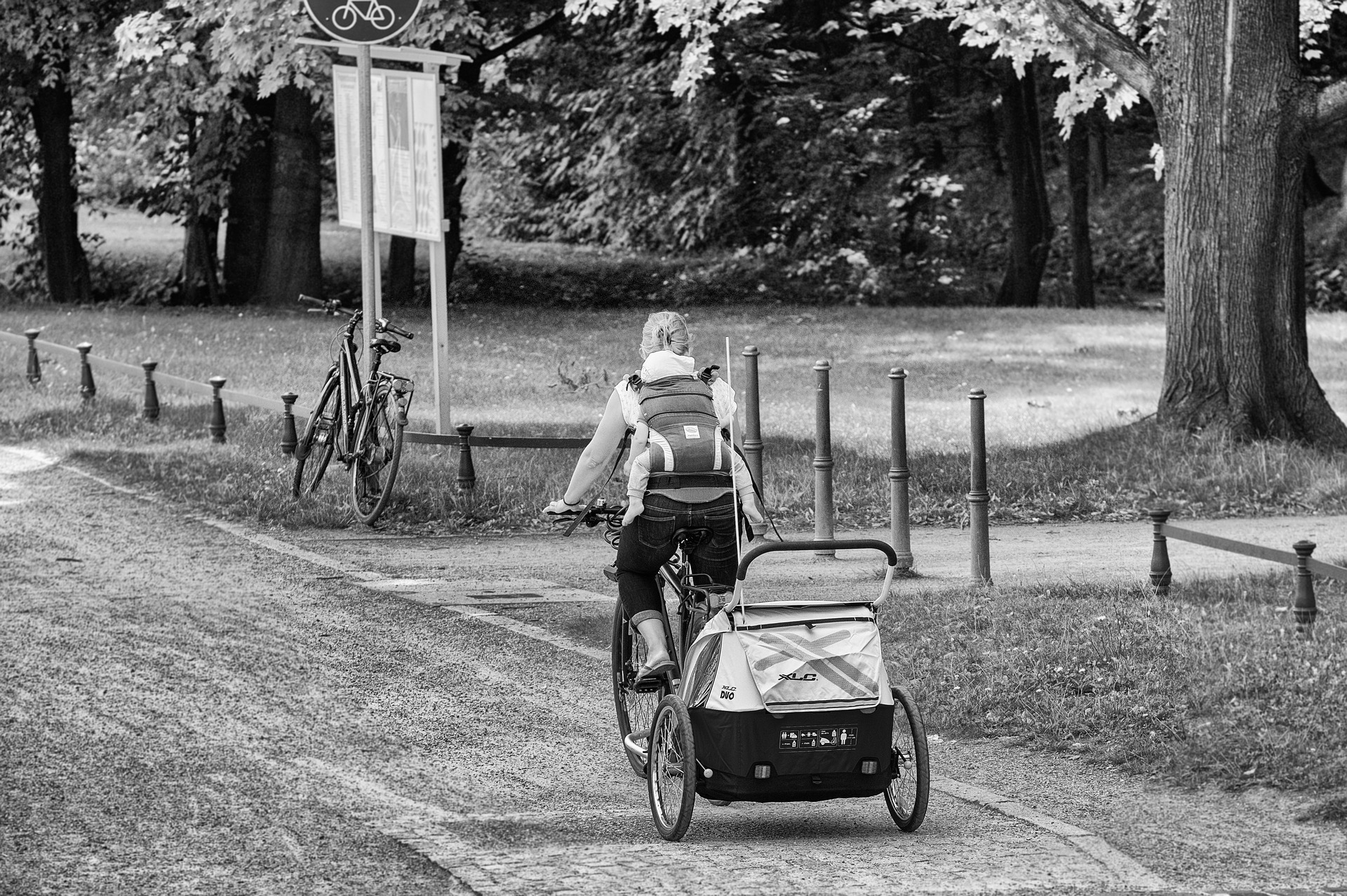This test is run by .
Note that your final mark will not be saved in the system.
Note that your final mark will not be saved in the system.
1.1–1.3 Barriers to user groups (carers, parents and families with children) Typeit
Target Level
C
Running Total
0
0%
Attempt
1 of 3
Type the correct answers into the spaces. Fill all the spaces before clicking ‘Check Answers!’

Although there are many barriers to participation in sport which are faced by children, (both single and couples) are responsible for looking after children and so are also considered a user group facing barriers to participation in sport. Additionally, who look after someone considered vulnerable or who lacks independence, such as a young child, disabled person or elderly individual, will also face barriers to participation.
Let's take a look at some of the barriers in the way of participation for parents and carers below.
- Single parents (those who bring up children without the support of a partner) are at an increased risk of being at an disadvantage if support for the child is coming from only one parent. Therefore, they may be unable to afford the cost of participation in certain sports and activities. Moreover, investing money in sports participation for the child might be sacrificed at the expense of other more important needs.
- Depending on the age of the child, one or both parents will have different levels of responsibility of care. For the parents of a newborn child, there will be very little or energy available for sports participation due to the intensive nature of childcare. In addition, it may be a while before the mother has made a full recovery to be ready for exercise post-partum. Once the child is at an age where they can attend , there may be greater leeway to participate in sport; however, this will be during school time, when the parent(s) may be back at work and do(es) not have the free time in the evenings, due to having to care for the child.
- Carers are often caring for relatives (e.g. elderly parents, or siblings) in their spare time, before or after work/school. Therefore, is also a major barrier affecting participation in this user group.
Despite these barriers, there are solutions in place to increase levels of participation.
- Single parents may be eligible for benefits from the government to help them out financially. This means that not only are they in a better position to afford any that come with participation, but they may also be able to pay for should they need someone to supervise their child in the meantime.
- Another option which is becoming increasingly available in certain health and fitness centres is the availability of a , which parents can use to keep their child entertained and under qualified supervision while they participate in sport or physical activity.
- There are also memberships and one-off sessions available for single parents and families alike. For example, some fitness centres provide the option to purchase a family membership or a child's membership at discounted rates.
- Appropriate planning of to suit different user groups is another way in which fitness centres could cater for different user groups, such as the scheduling of classes during the , after parents have dropped their children off at school or carers have finished visiting their first client of the day.
- Many parents have adapted to participating in physical activity at the same time as supervising their child. This could involve jogging with a purpose-built running , cycling with a child seat, or even performing home exercise routines. Additionally, some classes allow adults and children to participate together.